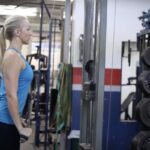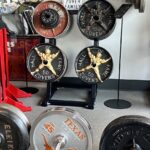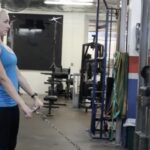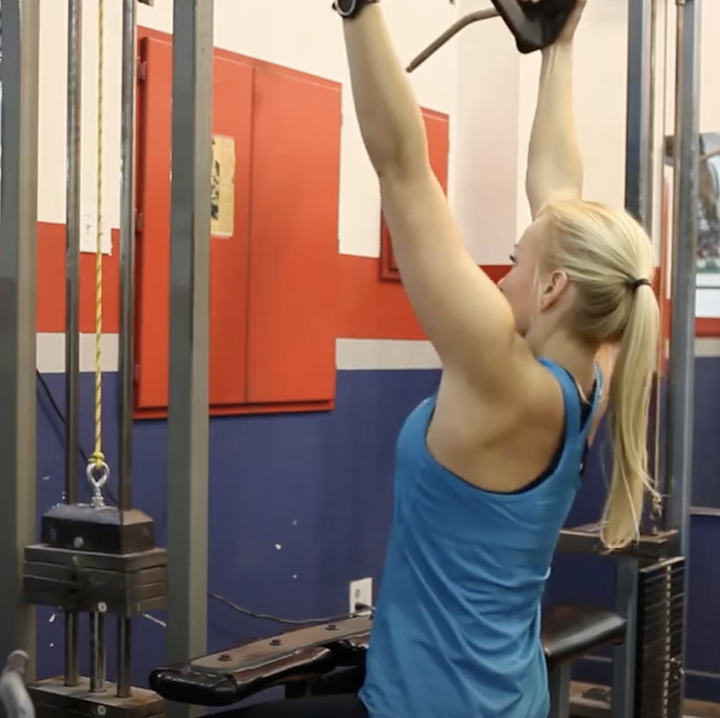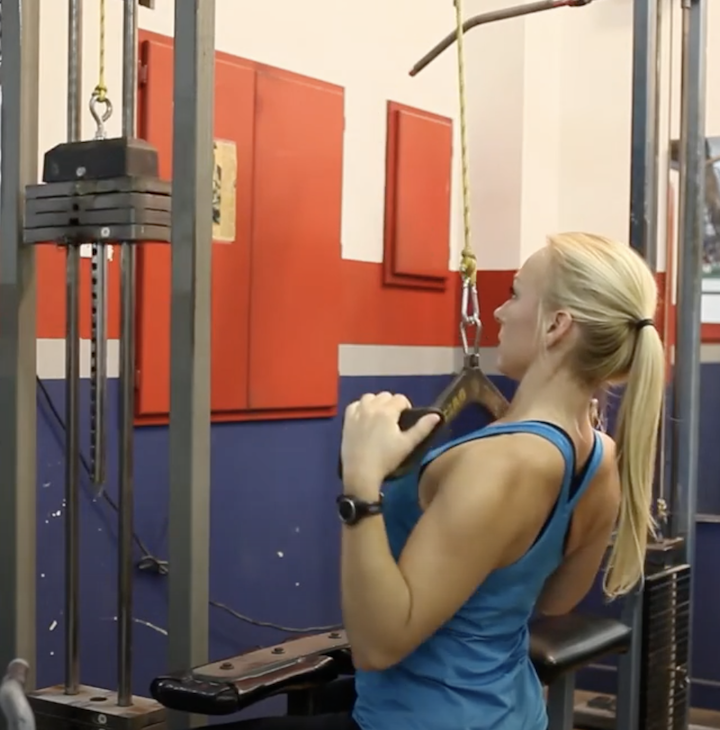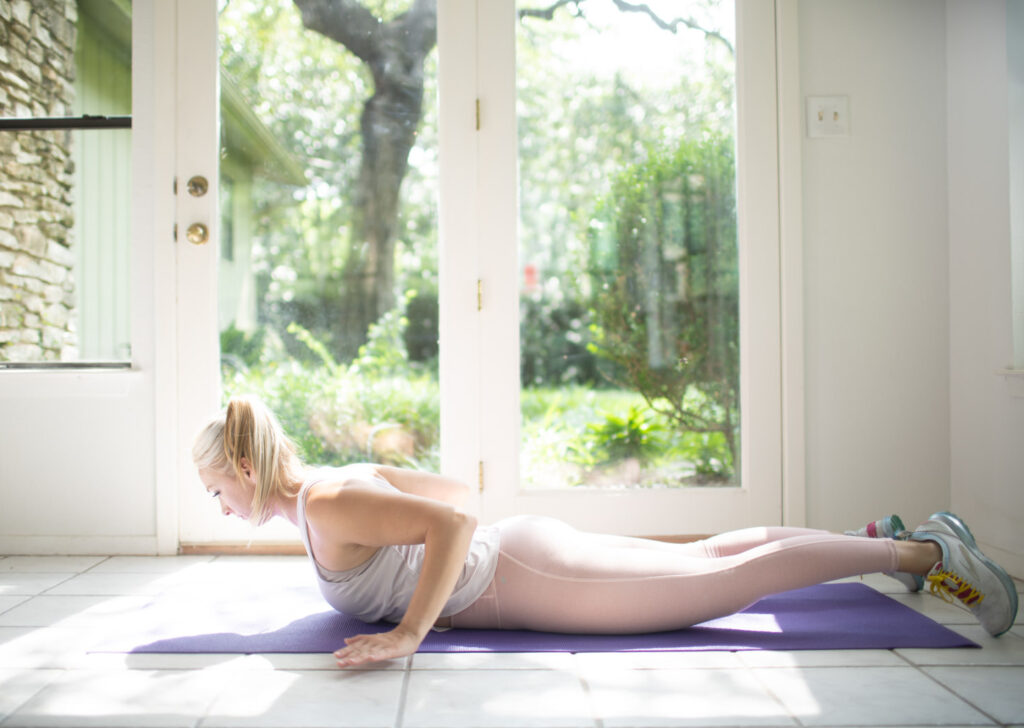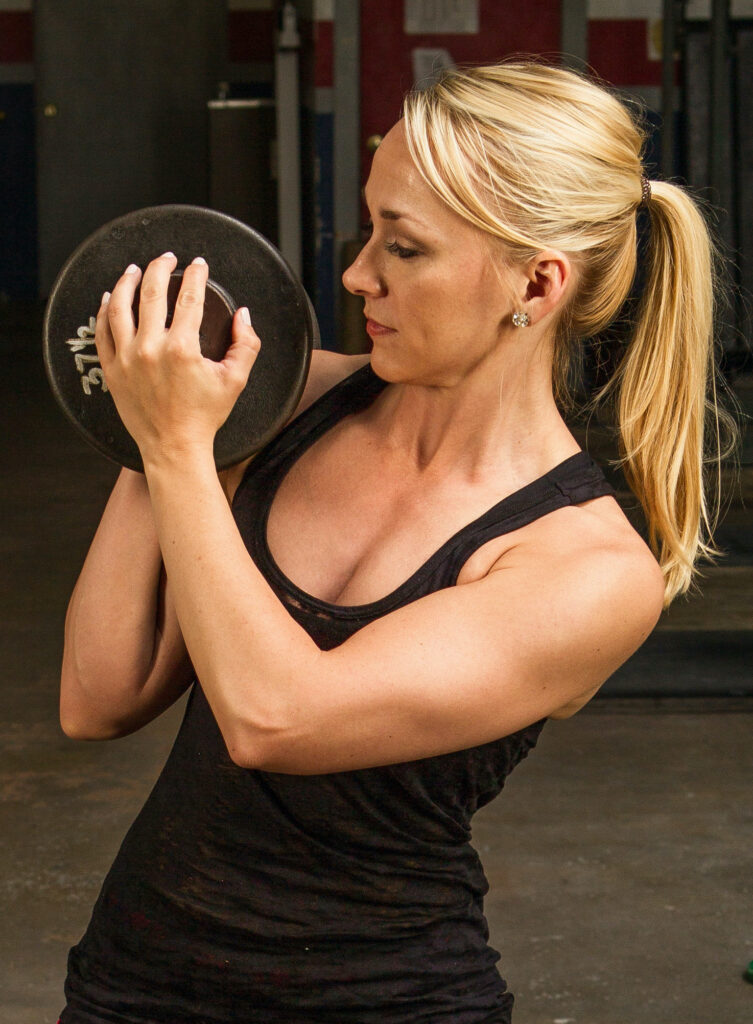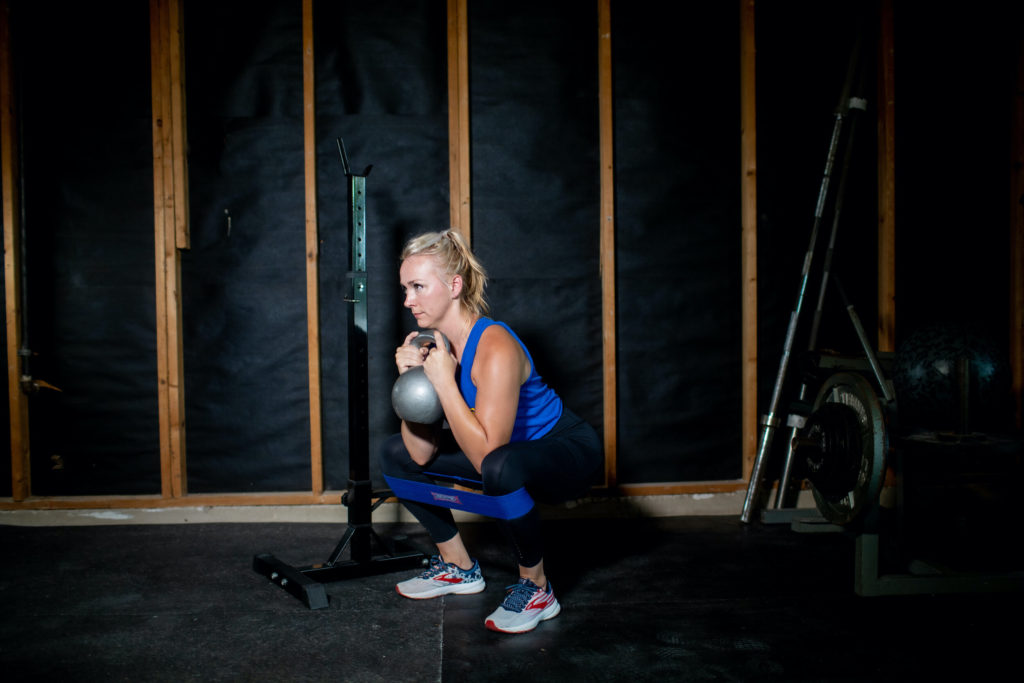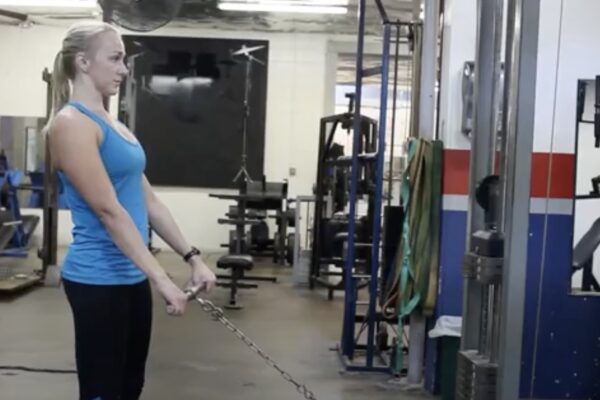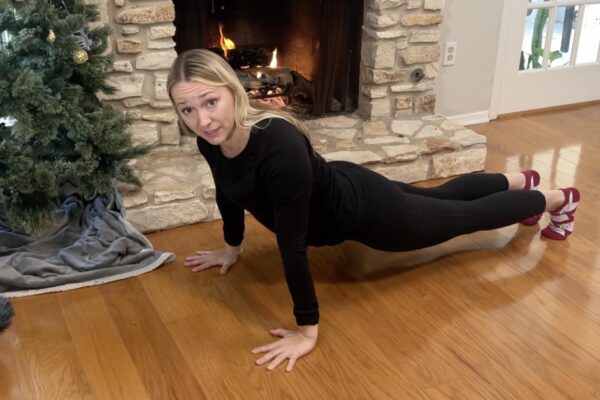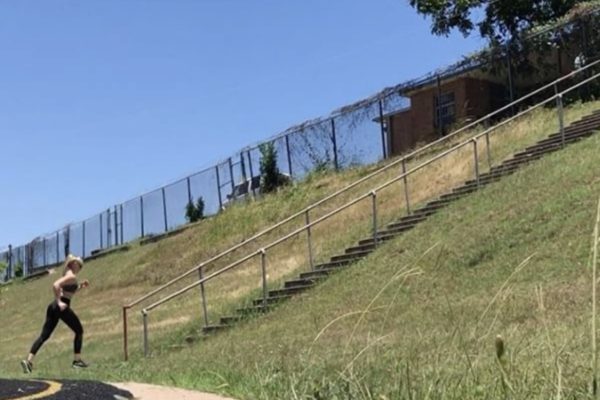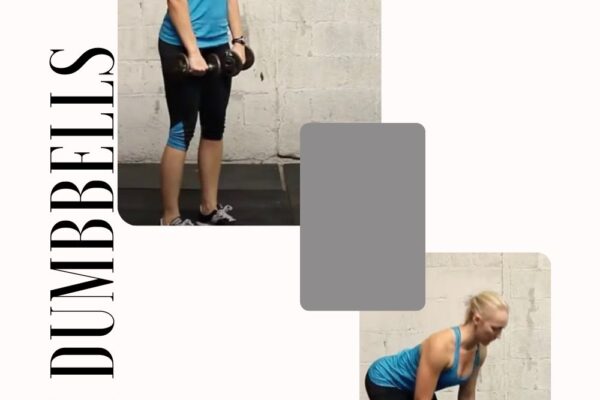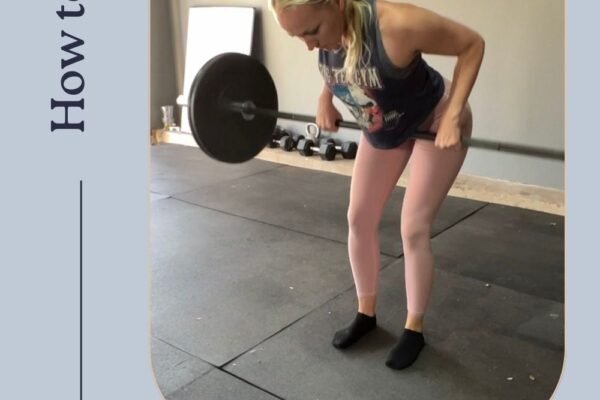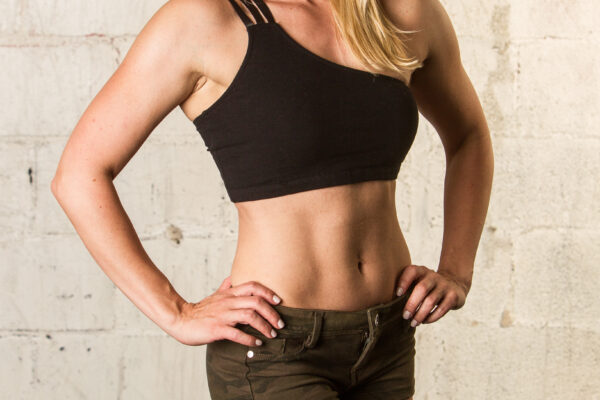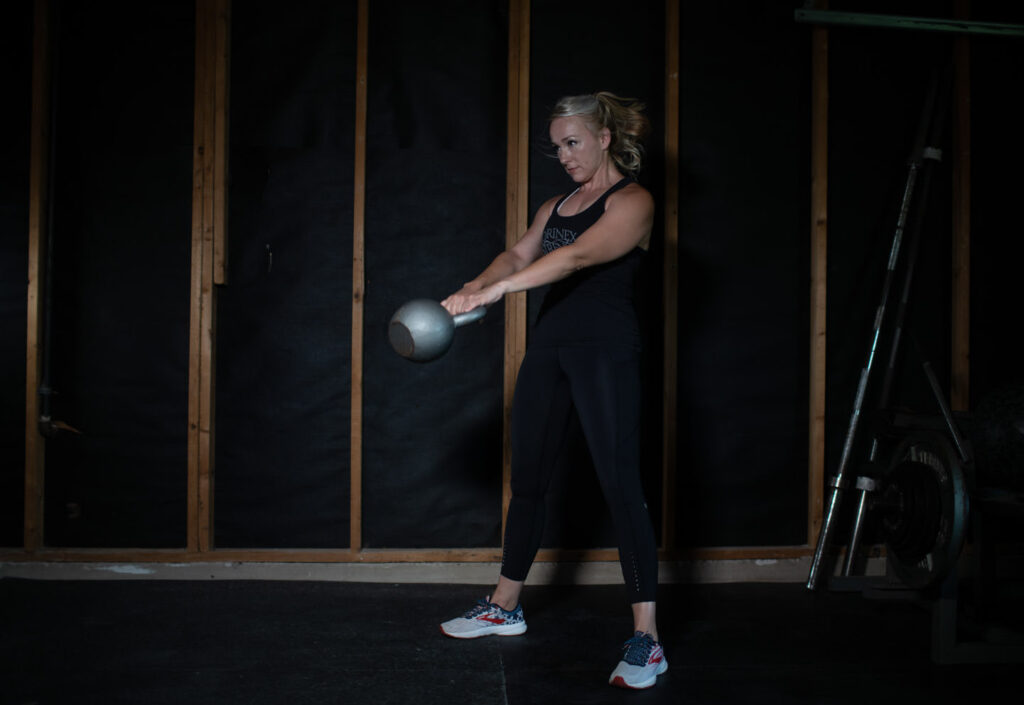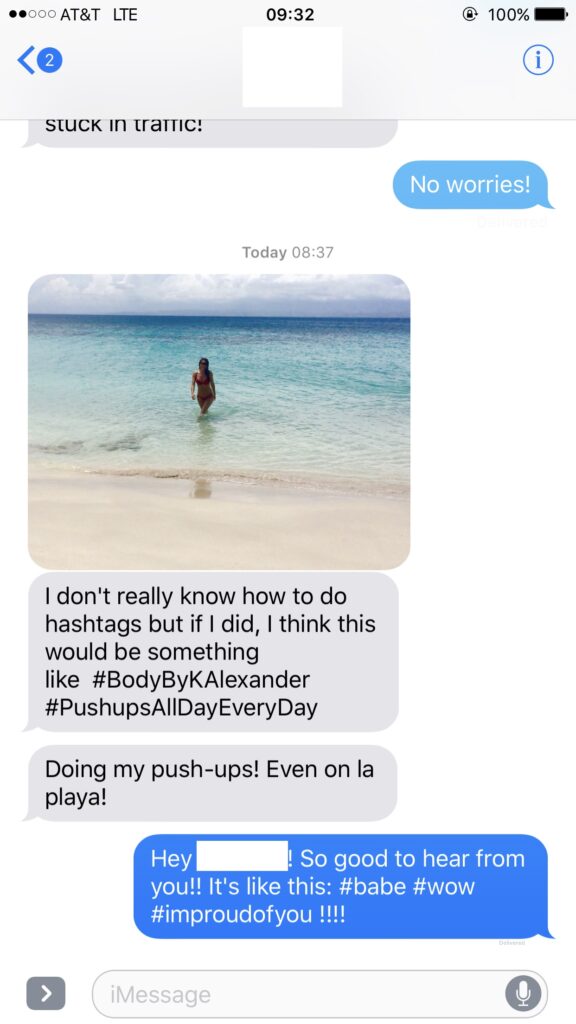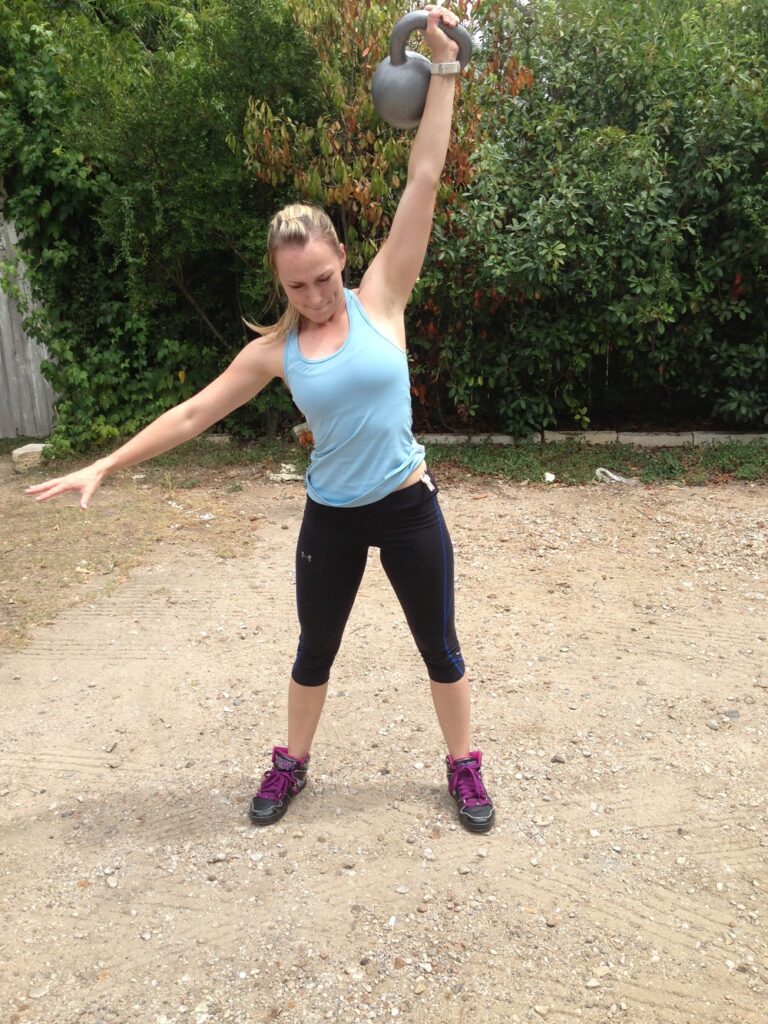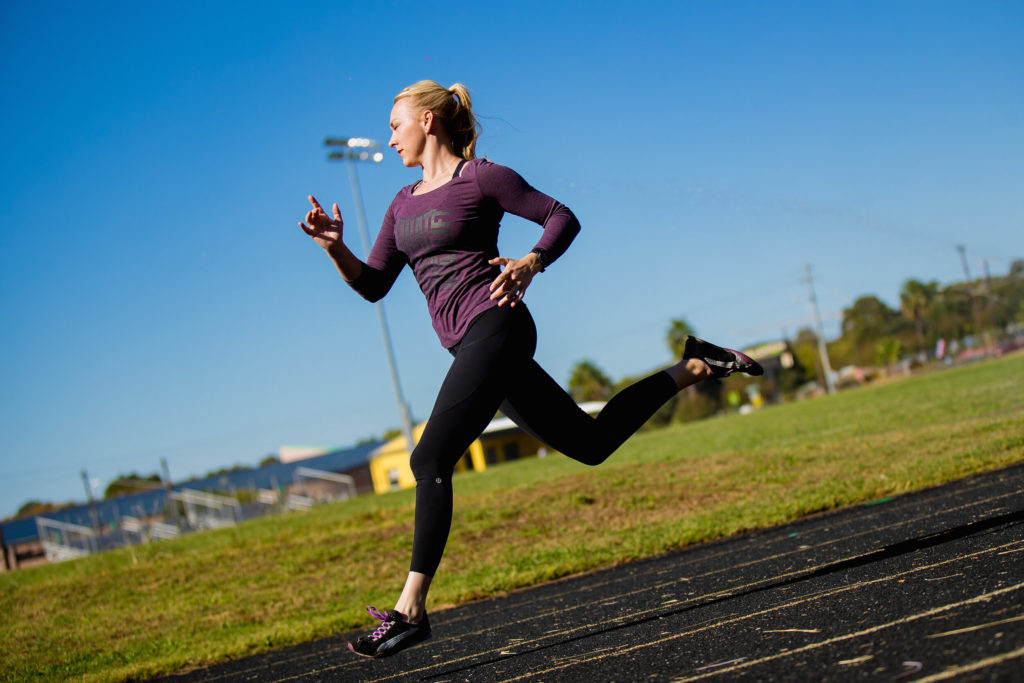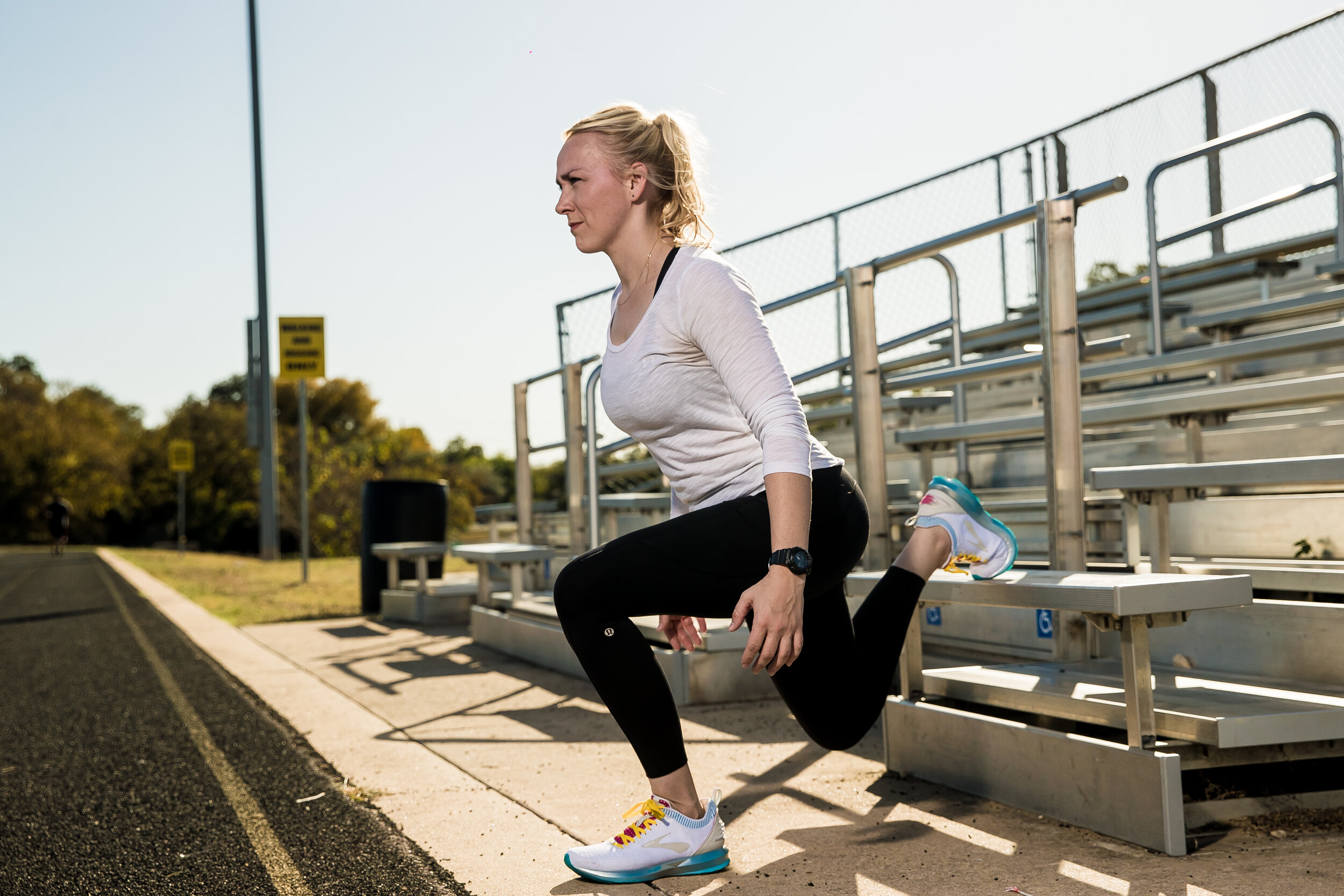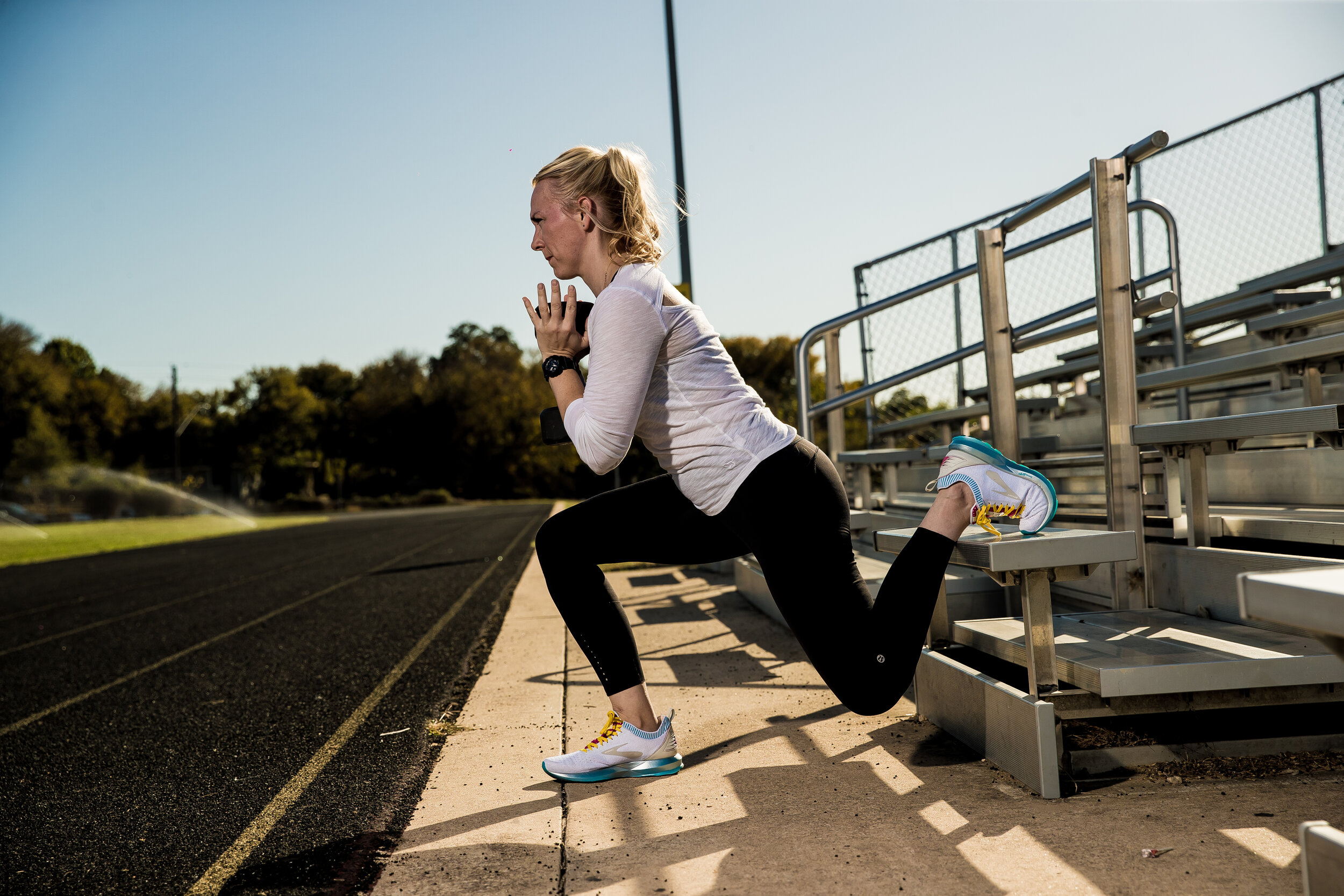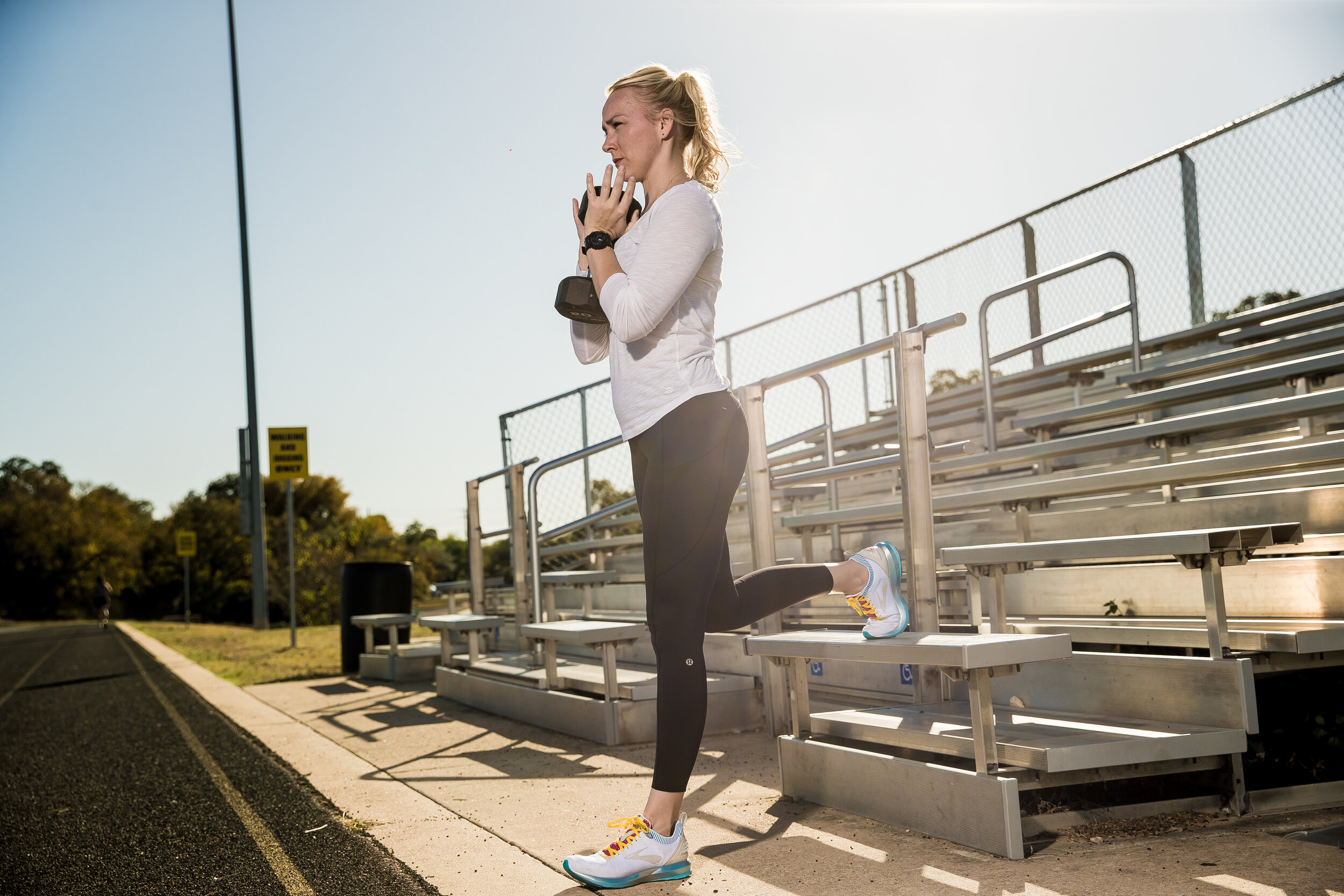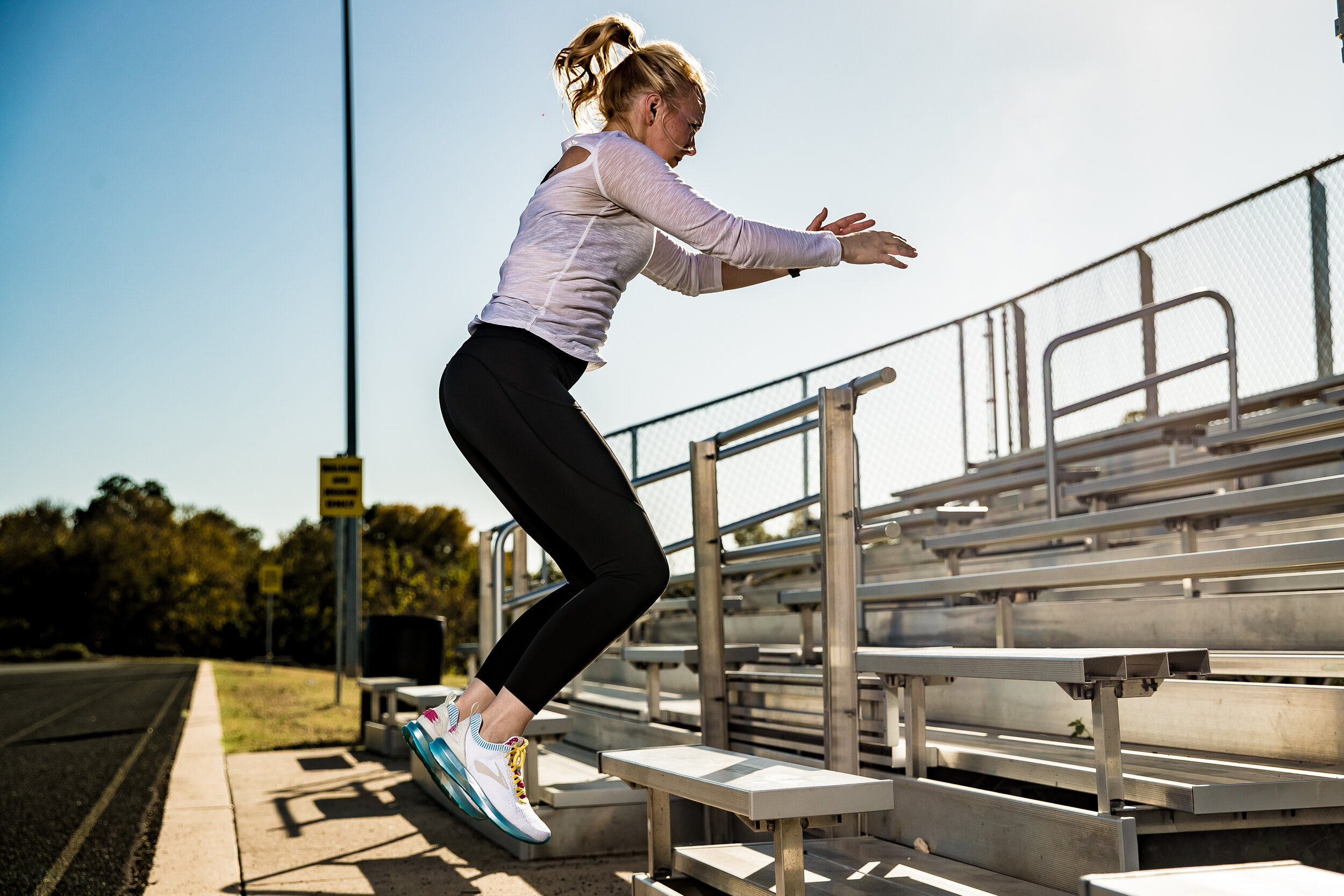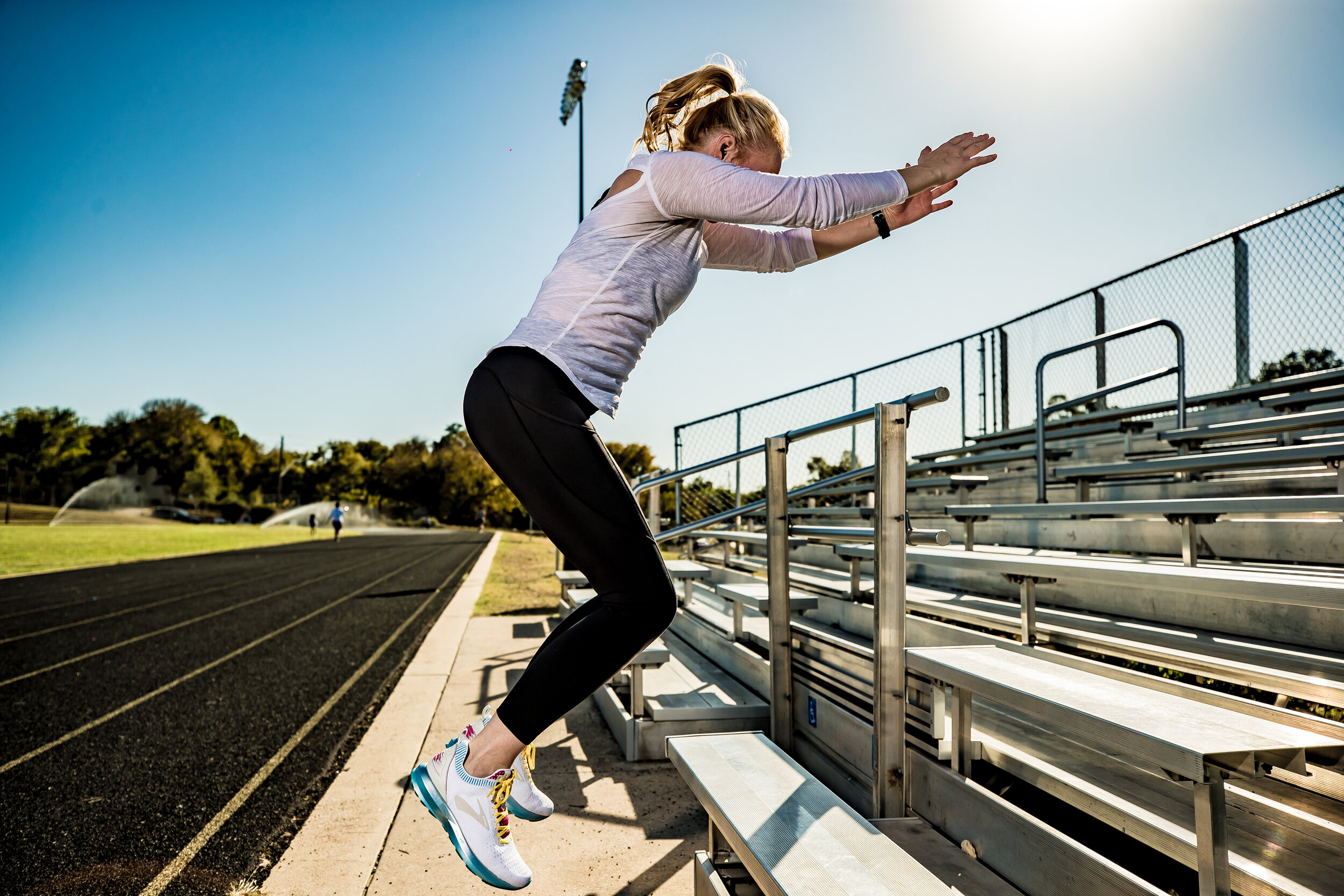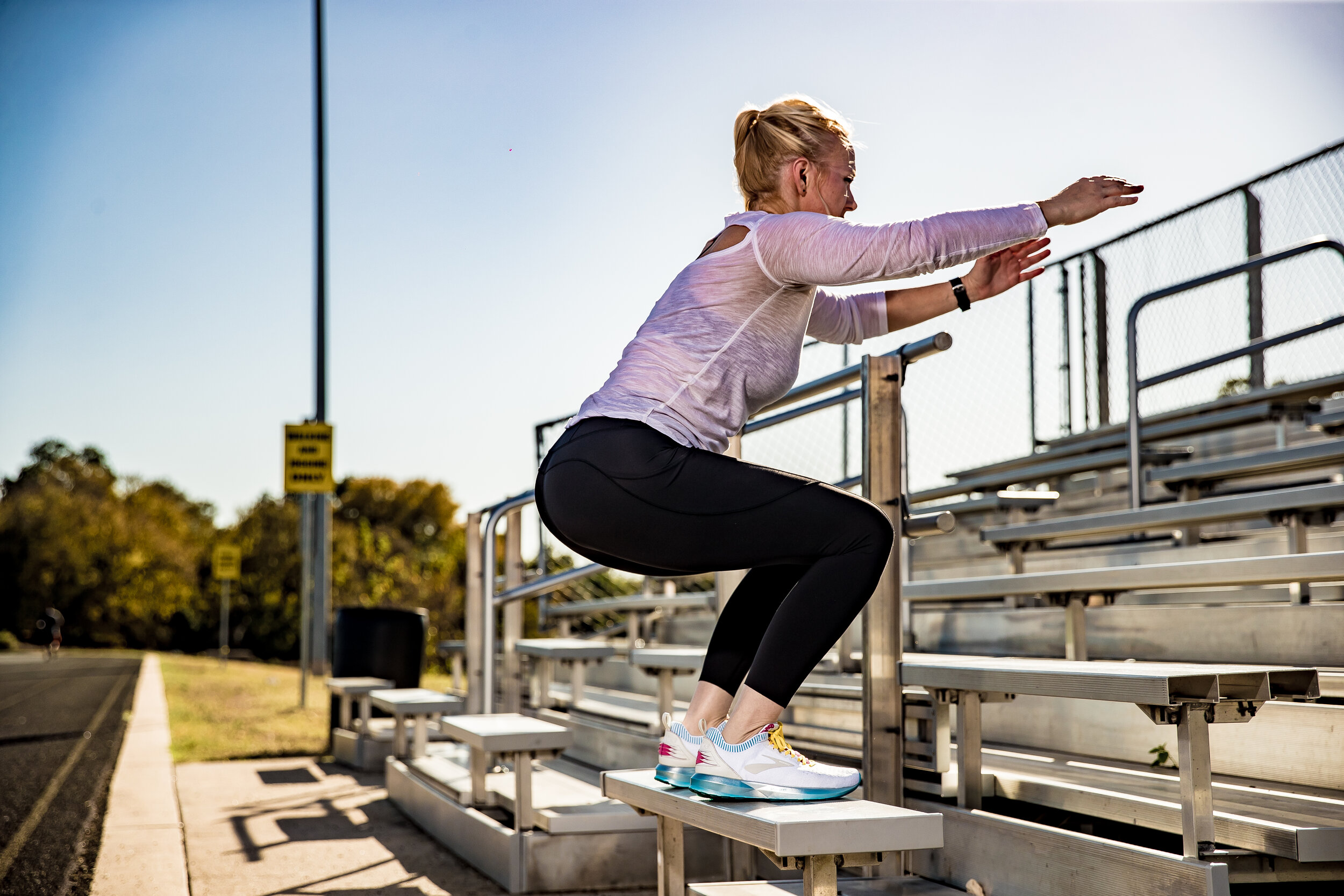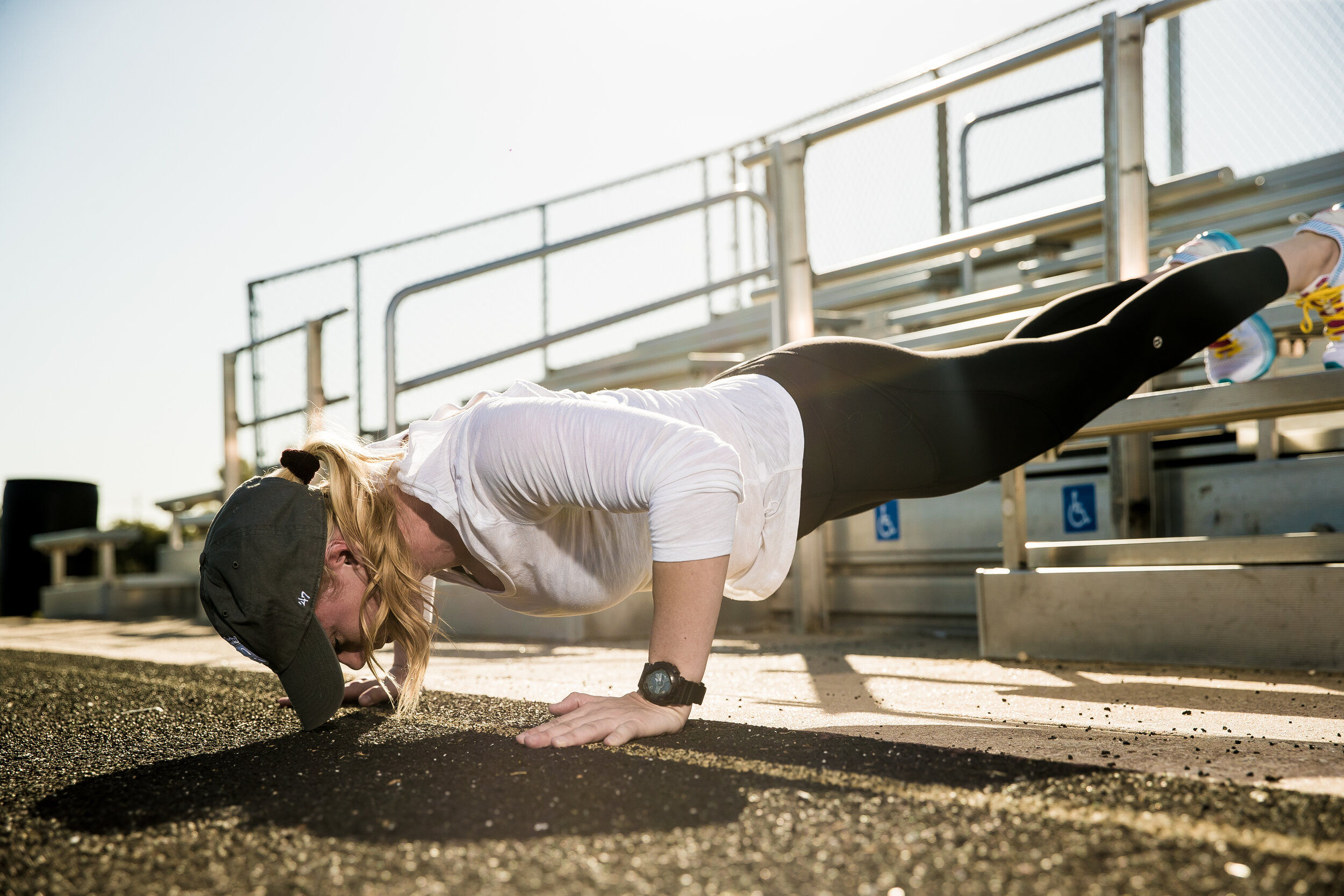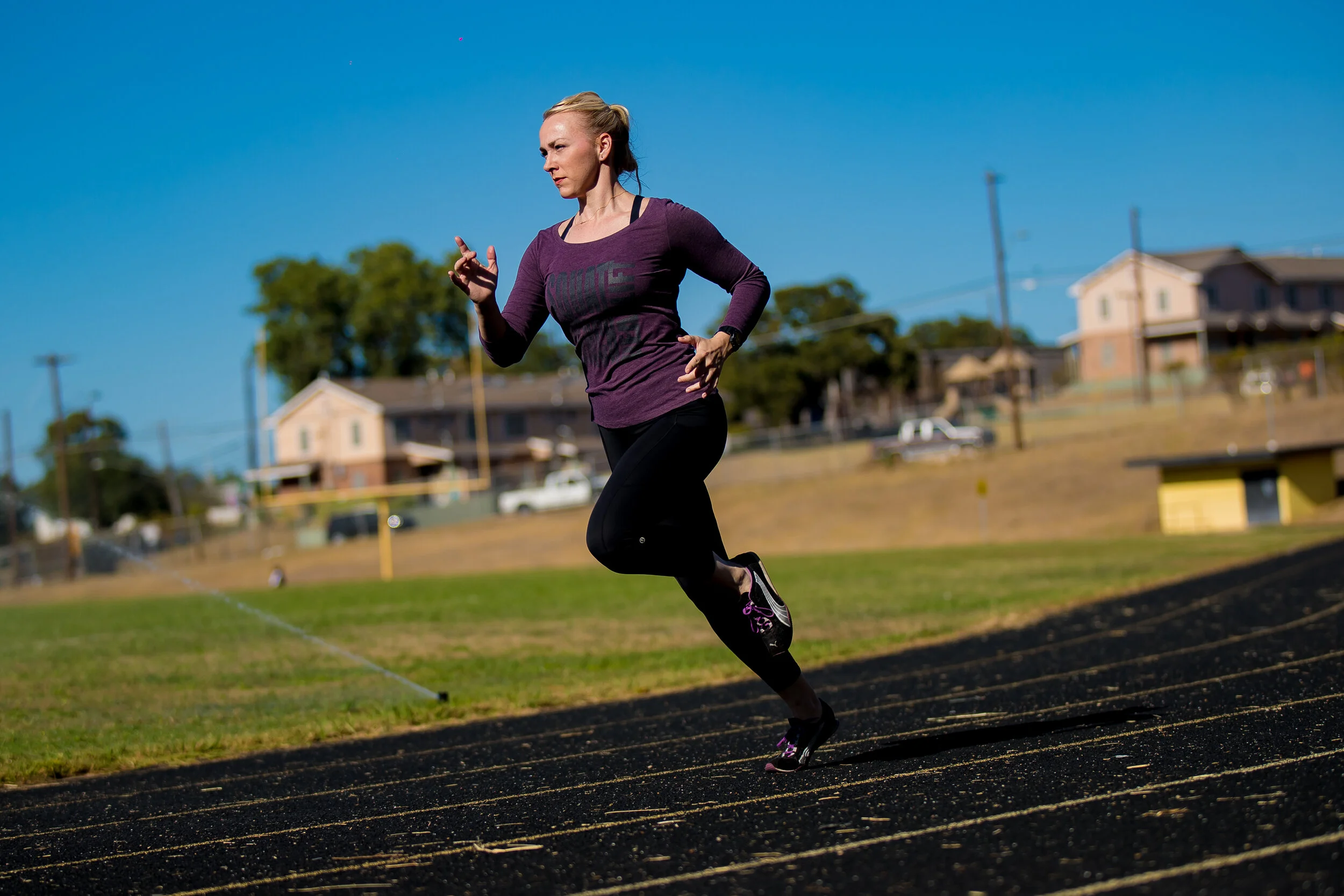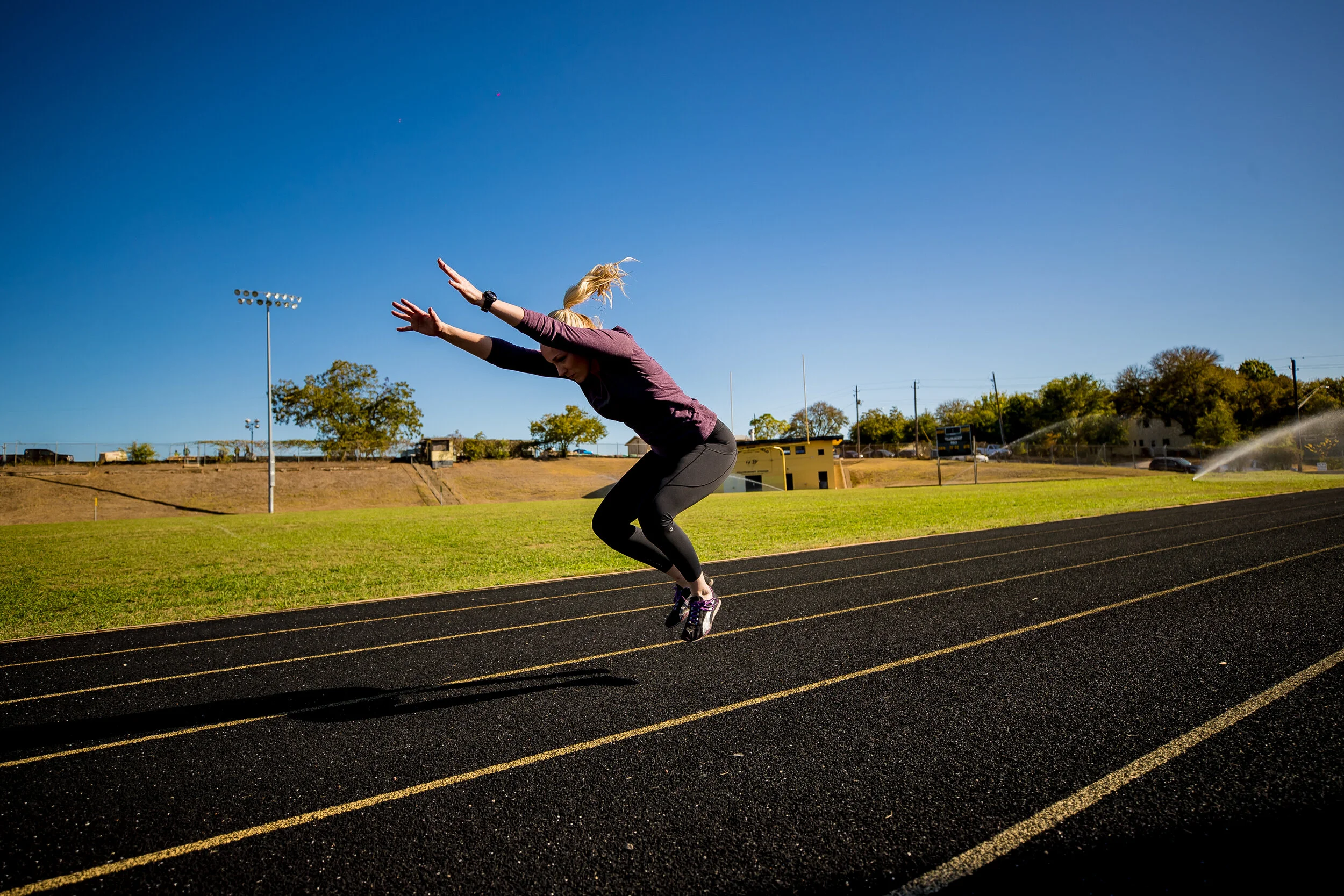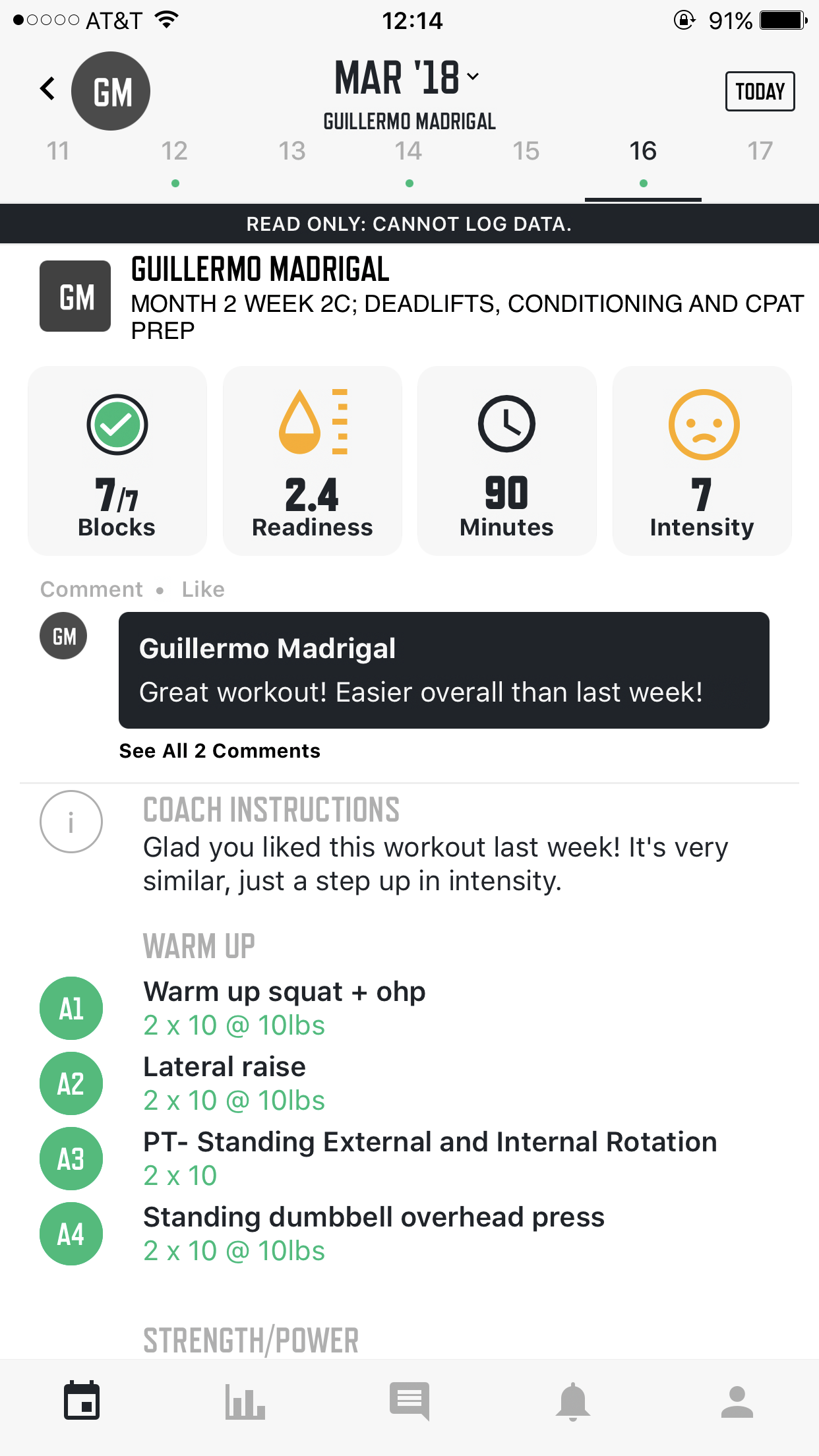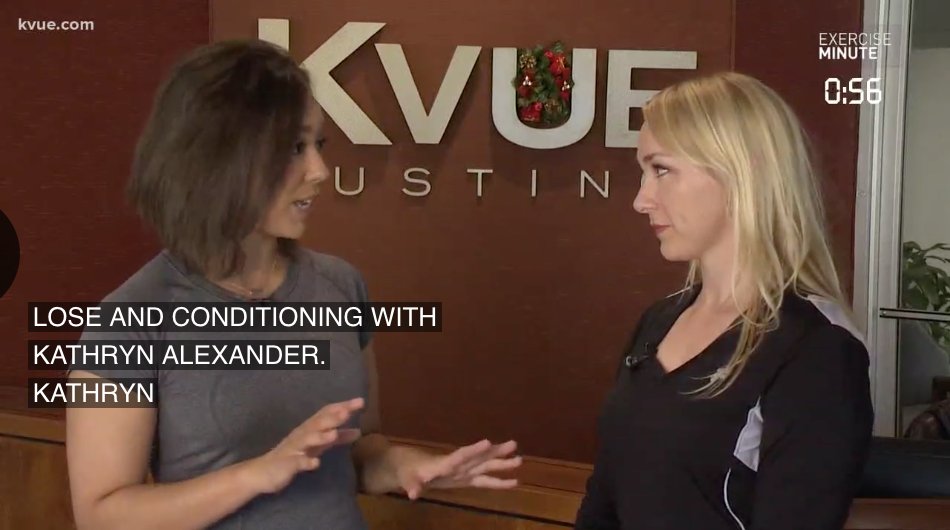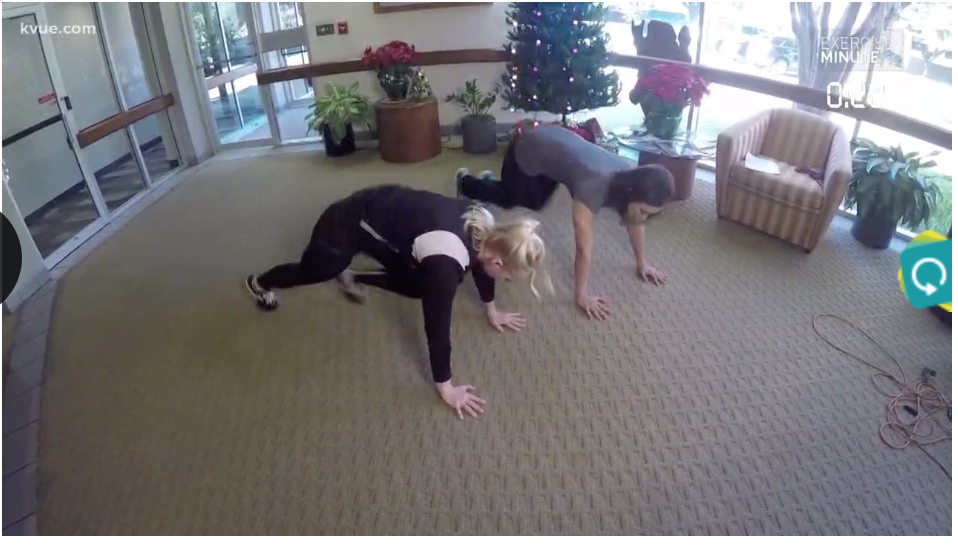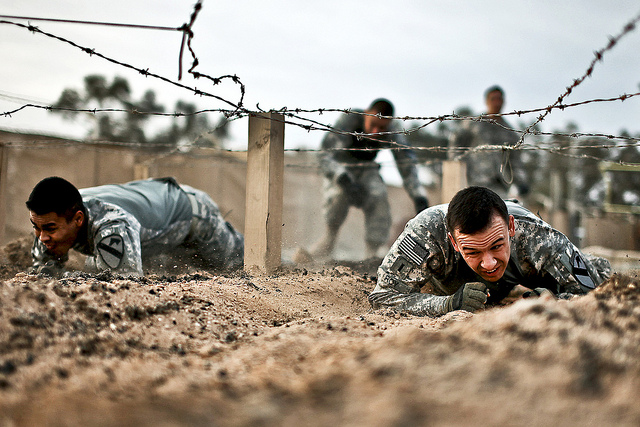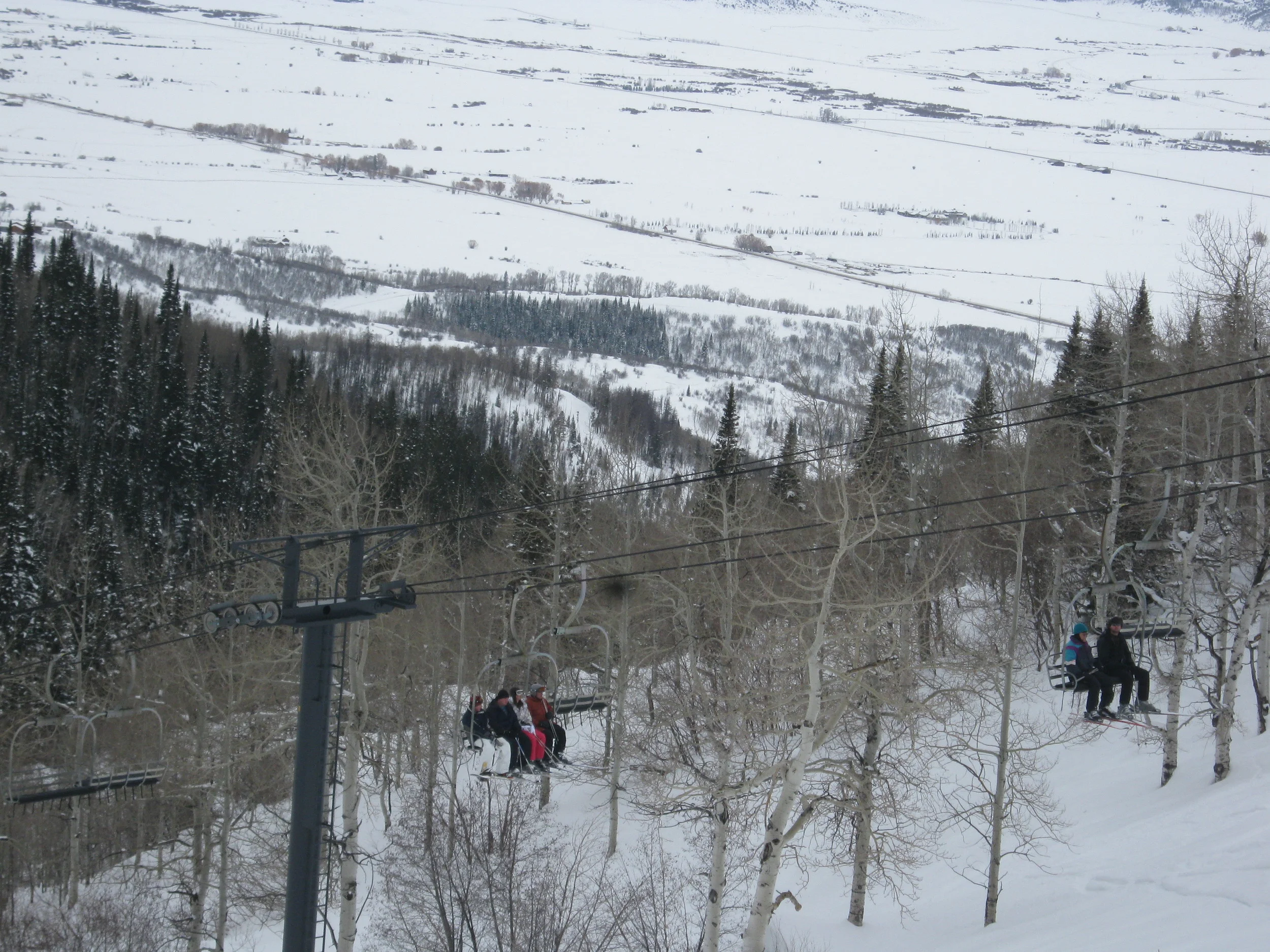If you’re looking for tricep pushdown alternatives, you’re in luck—there are plenty of great exercises that target the triceps muscle and help build upper body strength.
Whether your goal is to build strength, lose fat, tone up or just increase the density of your upper arm, working your triceps will help. Some people call their upper arms bat wings, bingo wings, chicken wings or just arm jiggle. Don’t do that. It’s triceps! 
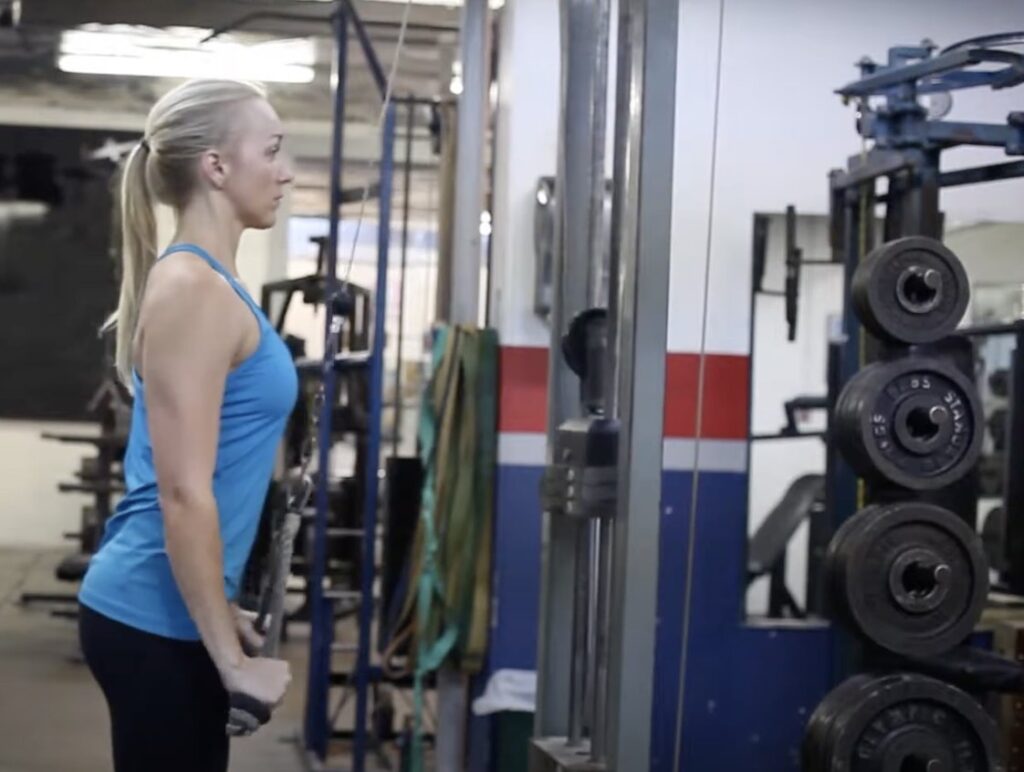
Why Do You Need Tricep Pushdown Alternatives?
While the cable tricep pushdown is a solid isolation exercise for the triceps brachii, especially when using a rope attachment or straight bar, not everyone has access to a cable machine.
Here’s a list of triceps pushdown alternative exercises that engage the back of your upper arm and can be done using free weights, bodyweight exercises, or resistance bands. Many of these can be done in a home gym.
What Are the Triceps Muscles?
Here’s a quick basic rundown of the triceps muscles:
Triceps Brachii
The triceps brachii is the large muscle located on the back of your upper arm. It’s main job is elbow extension—straightening your arm at the elbow joint. It’s an important muscle for pushing movements and contributes to overall upper body strength. It also makes up the majority of the muscle mass in your upper arm, so it’s important to work triceps.
3 Heads of the Triceps
The triceps has three parts (or heads), which is why it’s called TRI-ceps. Tri= three. Each with slightly different roles:
- Long Head
- Originates from the shoulder joint (scapula).
- Involved in both shoulder and elbow movement.
- Best activated with overhead triceps extensions or overhead tricep exercises.
- Lateral Head
- Located on the outer side of the upper arm.
- Gives the arm its “horseshoe” shape that looks so good.
- Targeted by tricep pushdowns and triceps kickbacks.
- Medial Head
- Lies deeper underneath the other two.
- Assists with all triceps movements, especially during controlled elbow extension.
- Activated well through full range of motion exercises like skull crushers.
Together, these muscle groups make up the triceps, playing a key role in pressing, stabilizing the arm, and building a strong, defined upper arm.
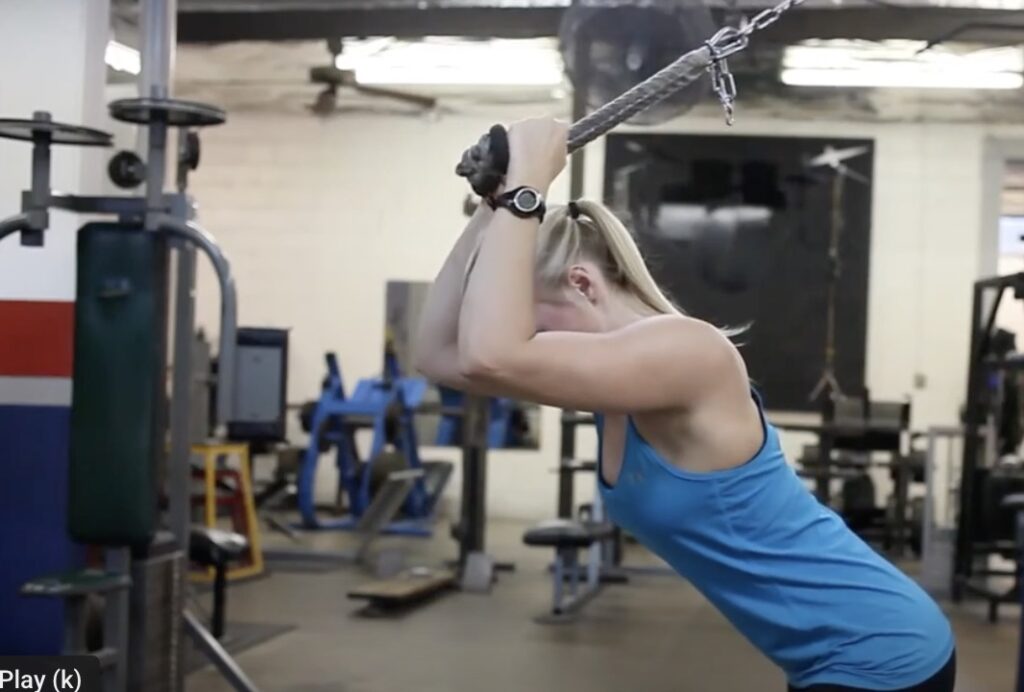
1. Close Grip Bench Press
A compound exercise that targets the triceps, chest muscles, and shoulder muscles, the close-grip bench pressemphasizes elbow extension. It’s a great way to build muscle mass and works all three heads of the triceps.
2. Diamond Push-Ups / Diamond Pushups
This bodyweight exercise is a great alternative to the tricep pushdown exercise, especially for building strength at home. Position your hands under your chest in a diamond shape, hands close together. It heavily activates the triceps brachii, particularly the medial head and long head of the triceps. These are tough!! Practice practice, and don’t be hard on yourself if these are difficult at first.
3. Overhead Triceps Extension
Using a single dumbbell, ez curl bar, or resistance bands, this isolation exercise targets the long head of the triceps due to the movement at the shoulder joint. Focus on a full range of motion for best results with the overhead tricep extensions.
4. Triceps Kickbacks / Dumbbell Kickbacks
Performed with lighter weights, triceps kickbacks isolate the triceps muscle and are ideal for honing triceps activationand improving good form. The triceps kickback is a good alternative when you don’t have much weight available.
This is a great tricep pushdown alternative, because it is very similar to the cable press down.
Make sure you get the angle just right on this one. Keep your upper arm parallel to the ground. If your elbows start to drift toward the ground, this becomes much more mechanically advantaged. That means easy, and you don’t want that.
*Not really a studio. Just a sunroom.
5. Parallel Bar Dips
These are a compound movement that works the tricep muscles, chest muscles, and shoulders. Adding a weighted vestcan increase difficulty and help build muscle mass in the upper arms. This is an extremely effective exercise for upper body strength. It can be tough, so work on it consistently and patiently.
6. Lying Tricep Extension / Dumbbell Skull Crushers
Also called the french press, this tricep exercise hits the lateral head and long head with precision. Using an ez curl bar or dumbbells can help tailor the movement for triceps strength.
Here’s a whole dumbbell arm workout you can do at home, if you want to add in biceps too!
7. Resistance Band Tricep Pushdown / Resistance Band Triceps Pushdown
If you don’t have a cable machine, this is the best way to mimic the cable tricep pushdown at home. Just attach a resistance band to a door anchor and use a rope handle or underhand grip for variation.
8. Bench Dips
This bodyweight exercise is a great exercise for beginners or for anyone working out in a home gym. Keep your starting position tight and avoid overextending the elbow joint.
9. Bodyweight Skull Crusher / Body Weight Skull Crushers
Using a bar at waist height or a sturdy surface, this exercise is a good alternative that requires only your own body weight and helps build strong triceps through elbow extension.
10. Dumbbell Tricep Extensions / Overhead Extension
These can be done seated or standing, and emphasize the triceps through controlled elbow joint movement. Extend the elbow, bend the elbow. Use heavier weights carefully, ensuring proper form and full extension.
This is a more simple movement, unlike the compound presses, so it is also a great tricep pushdown alternative.
Pro-tip for the ladies: If you have a ponytail, to keep from knocking it with the weight, put a little more pressure into your fingertips. This will angle the weight out away from your head.
I suppose that’s a tip for anybody who has a hair thing in.
Bonus: Overhead Press
Though primarily for shoulders, the overhead press involves triceps activation, making it one of the most useful compound movements for general upper body strength.
Adding different exercises from this list to your training program can help you target the triceps brachii from a different angle and improve both triceps size and definition. Whether you’re training in a gym or a home gym, these best tricep pushdown alternatives will help round out your triceps workout effectively.
Work With Me!
If you are looking for a personal trainer in Austin, I’d love to talk with you! If you are not in Austin, Round Rock, or central Texas, let’s talk about online training.
Message me here for a free consult about personal training in Austin, Texas, or here for online personal training, and we’ll discuss your goals, background, equipment availability, schedule, and exercise preferences.
Let’s get you strong and healthy! 
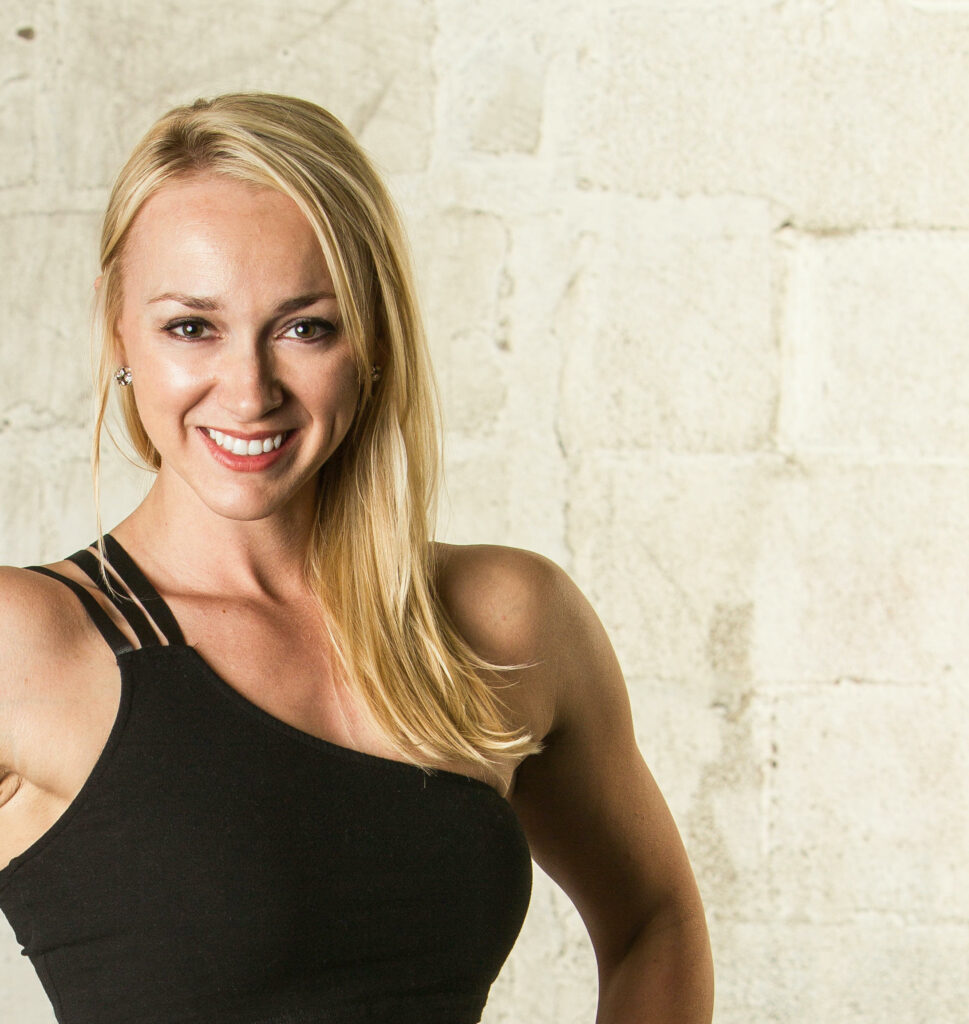
About the author
Kathryn Alexander is a strength coach and personal trainer in Austin, Texas. She loves hiking, college football, and the feel of a perfectly knurled barbell. Read more about Kathryn here.
- Tricep Pushdown Alternative: 11 Other Triceps Exercises
- SummerStrong 18 at Sorinex Headquarters
- Cheap, Fun Things to Do in Austin, Texas (2025)
- Cable Squats: Muscles Worked and How to do Them
- New Semi Private Personal Training in Austin, Texas!
- The Best Workouts for Health: Contributor for Epoch Times

